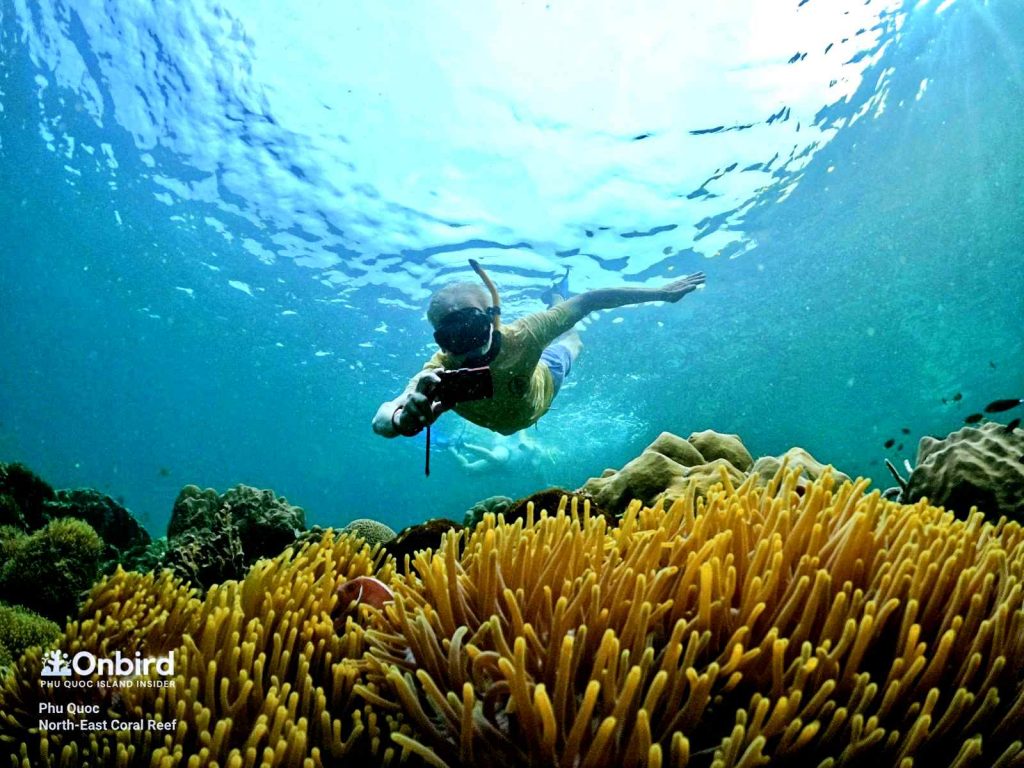Many people are confused about Scuba Diving and Snorkeling, and many think that it is better to see corals by going on scuba diving instead of snorkeling, and snorkeling is kind of for non-professional ones.
OnBird is going to make it more clearly for you, addressing the fundamental purposes of your exploration.
The purpose for scuba diving and snorkeling are different, if you want to see beautiful corals then snorkeling in the shallow water of 1 – 6m is the best choice.
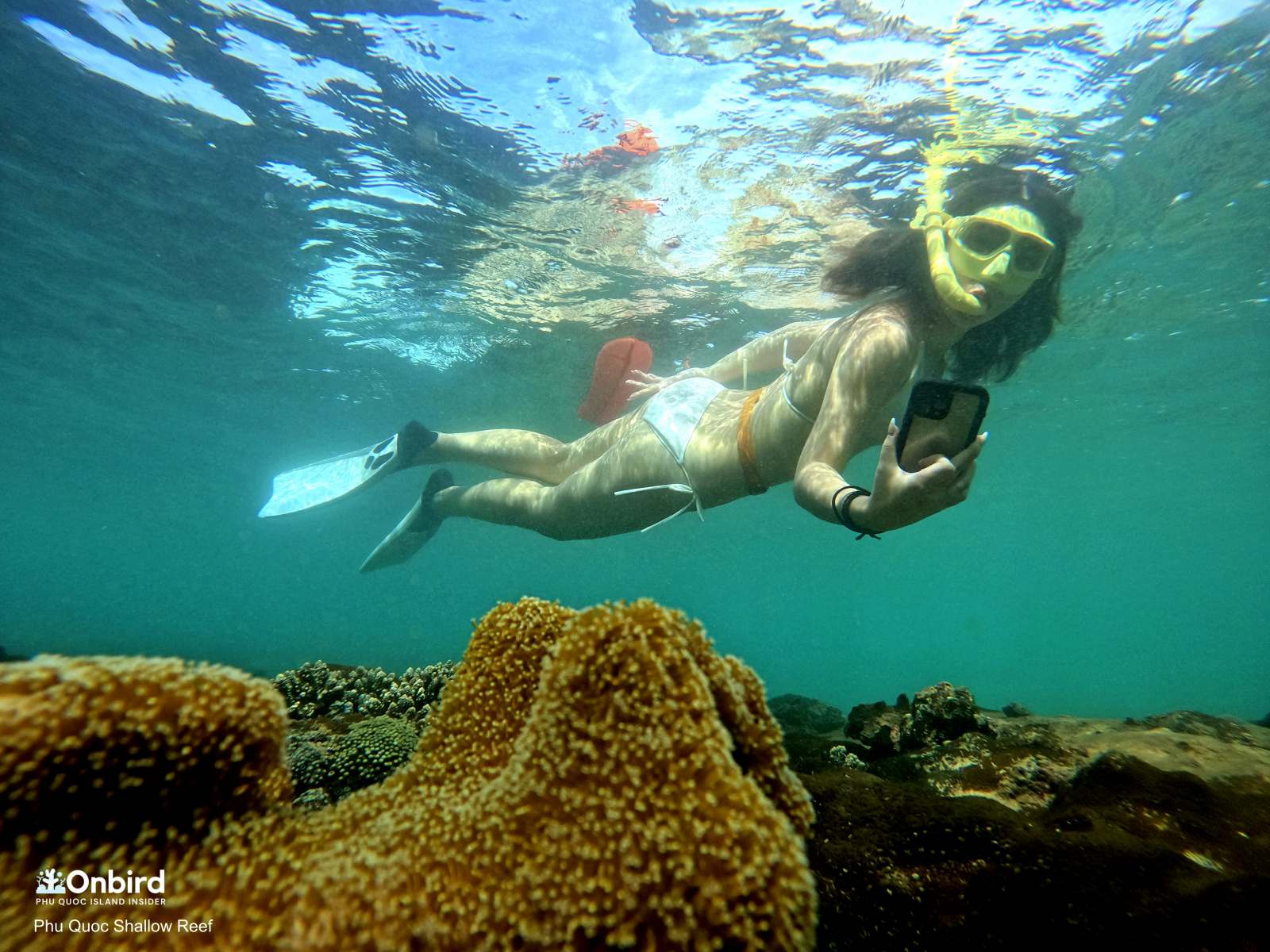
MAIN CONTENTS
The truth about Coral Reefs
Along with the need to have clear (emerald, crystal), unpolluted water, coral reefs need sunlight to thrive. Sunlight is how corals get their oxygen, and many of the diverse ecosystems that live within its depths also require steady sunlight to live.

Why? Coral reefs in general and polyps, zooxanthellae the tiny little algae that live within them in particular need sunlight to thrive and develop. Coral polyps and zooxanthellae have a mutualistic relationship. Coral polyps produce carbon dioxide and water as byproducts of cellular respiration. The zooxanthellae cells use the carbon dioxide and water to carry out photosynthesis. Sugars, lipids (fats) and oxygen are some of the products of photosynthesis which the zooxanthellae cells produce. The coral polyp then uses these products to grow and carry out cellular respiration. The tight recycling of products between the polyp cells and the zooxanthellae is the driving force behind the growth and productivity of coral reefs.
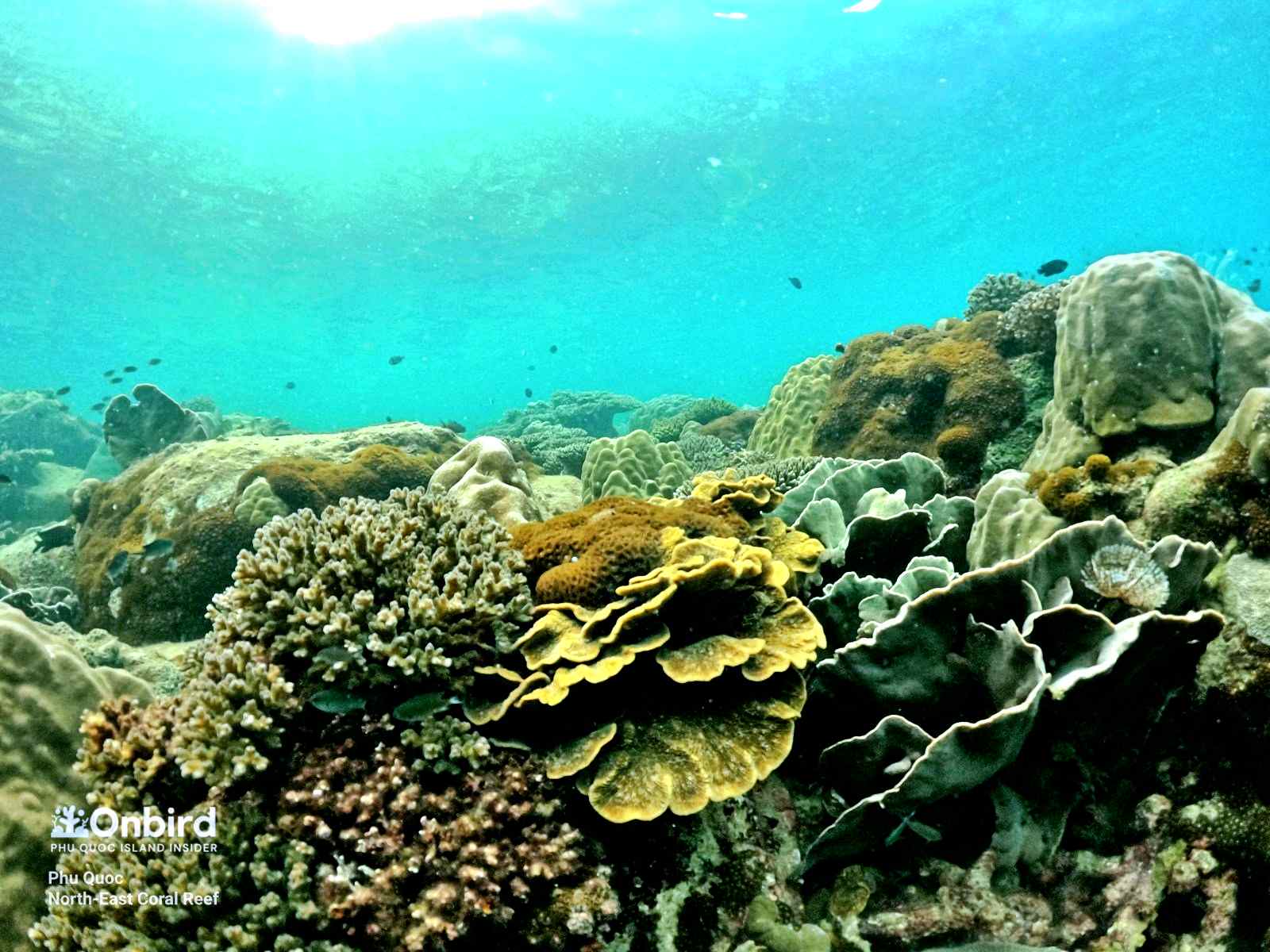
And if the water becomes cloudy or murky, or if corals are covered in sediment, the sunlight can’t get to the zooxanthellae and the corals lose that important food source.
Their need for constant and direct sunlight is why coral reefs are typically seen in shallow waters (1- 5 – 6 m) and never in places where the water is dark and opaque, like the Atlantic Ocean. When sediment and pollutants disturb the waters, it can make it difficult for corals to soak up sun rays and adequately nourish themselves.
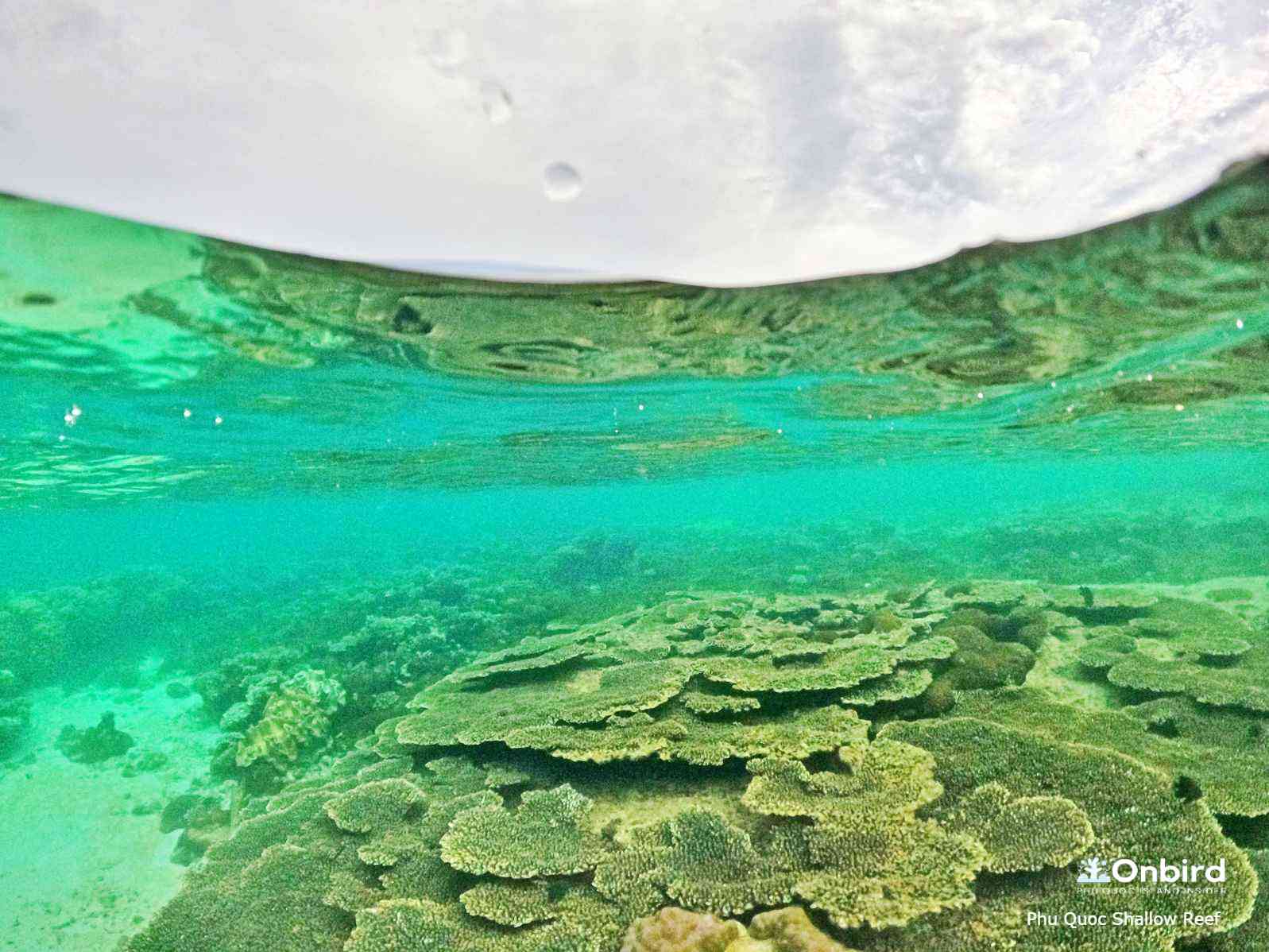
So it will not like on the TV when you see scuba divers recording the coral reefs in the deep water but in fact that you can find more beautiful corals in the shallower water. Not mention that you almost see nothing much in the deep water without dedicated diving flashlight.
Corals like warm water
Temperatures in the oceans decrease with increasing depth. There are no seasonal changes at the greater depths. The temperature range extends from 30 °C (86 °F) at the sea surface to −1 °C (30.2 °F) at the seabed. Though it varies largely on geography and the species of coral, many reef-building corals have a narrow temperature range in which they can thrive. Most hard corals prefer water temperatures that range between 73° and 84° Fahrenheit (23° and 29° Celsius), though some can tolerate temperatures as low as 68° F (20° C) and as high as 90° F (32° C). Water gets colder with depth because cold, salty ocean water sinks to the bottom of the ocean basins below the less dense warmer water near the surface. So that why the shallow water (1 – 6m) is much more ideal for corals to live and growth than deep water when the water get more sunlight in the tropical weather.
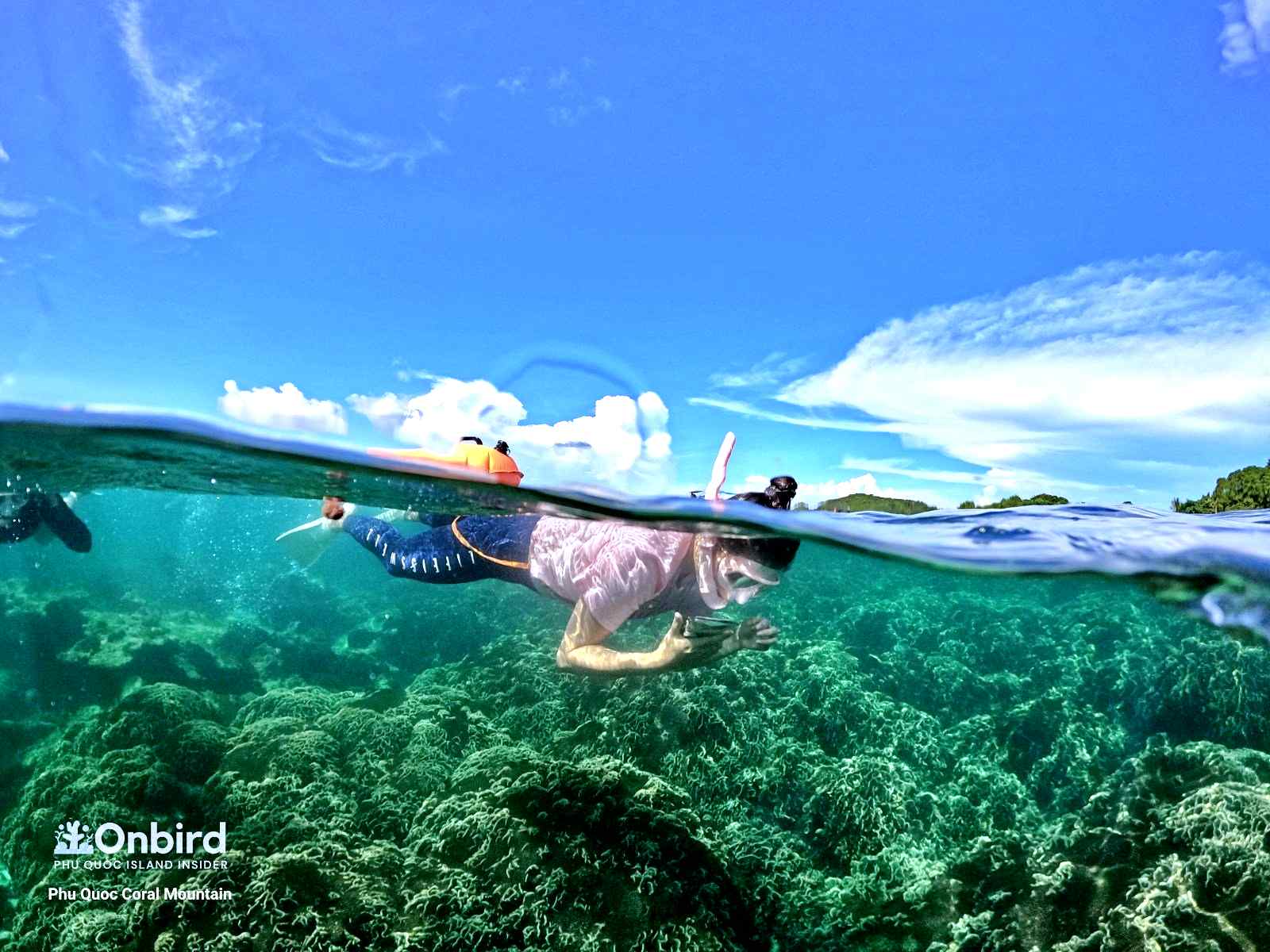
Cold water has a higher density than warm water. Water gets colder with depth because cold, salty ocean water sinks to the bottom of the ocean basins below the less dense warmer water near the surface. The sinking and transport of cold, salty water at depth combined with the wind-driven flow of warm water at the surface creates a complex pattern of ocean circulation called the ‘global conveyor belt’.
The difference between Scuba Diving and Snorkeling site
Snorkeling is more preferable to do in the shallow water (0.5 – 6 – 7 – 9m) where corals growth strongest. Even though, scuba diving sites are ranging from 5 – 18m, for try diving safety regulations, the maximum depth is just 6m. So a true spot for Scuba Diving should be range from at least 6 – 18m
When you need Snorkeling?
Snorkeling and advanced snorkeling (including free-dive) (1 – 6m) is the best choice to see colorful corals but not scuba diving. Learn more about on-the-sea skill (on the surface when you have to confront to waves)
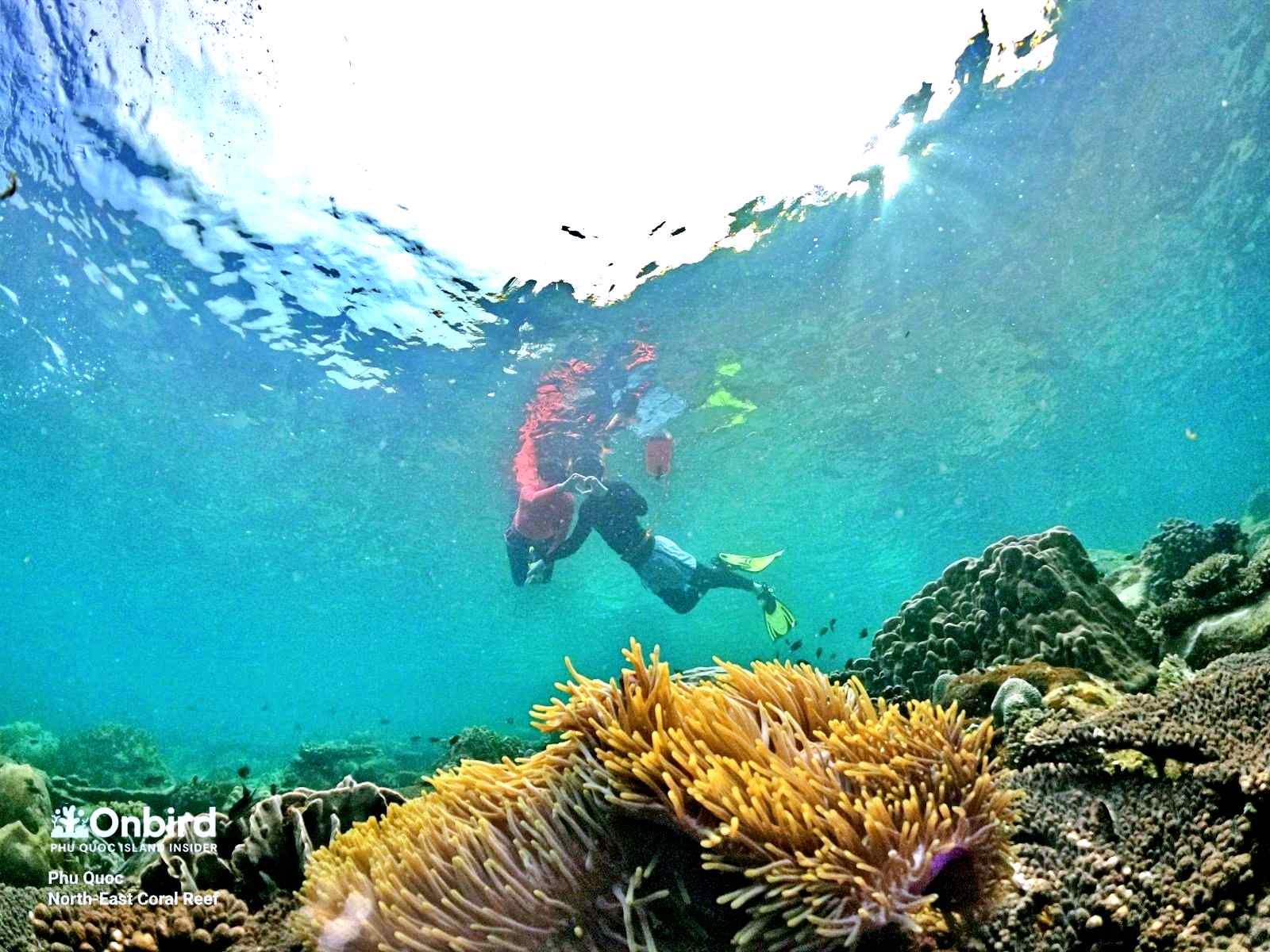
When you need Scuba Diving?
Scuba Diving is classified into much level with the maximum depth allowed for tourism divers is 40 m or 130 feet. Open Water, Advanced Open Water, Deep Dive (18 – 30m), Wreck Dive, Cave Dive.
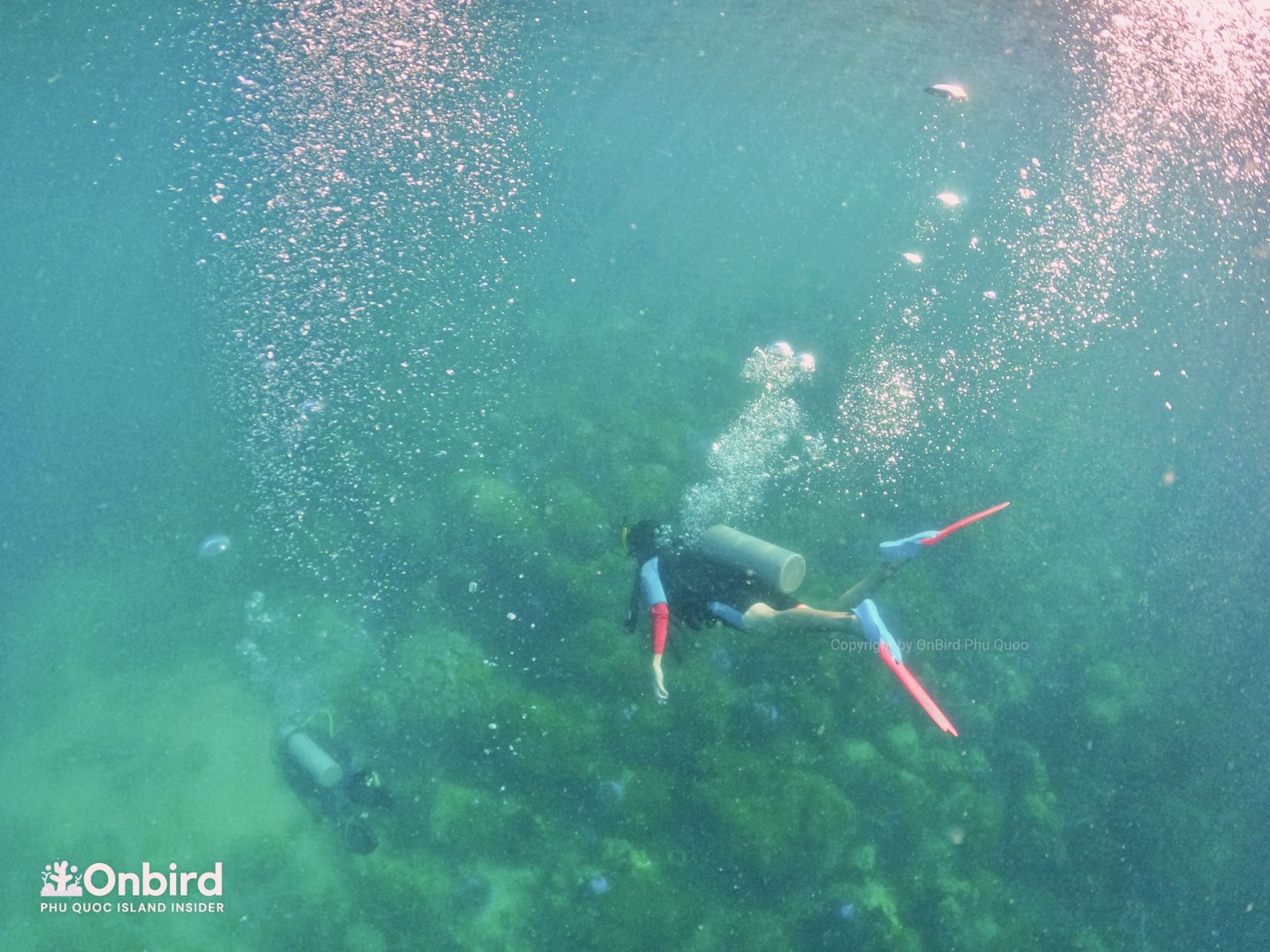
For those who want to try to experience the feeling of submerged in the water for a while
For those who want to see fish in big-size and strange fish that live at the depth of 12 – 40m
For those who want to do macro diving (see tiny animals)
Please make reference to snorkeling trip and scuba diving trip in PHU QUOC ISLAND, VIETNAM based on your needs



